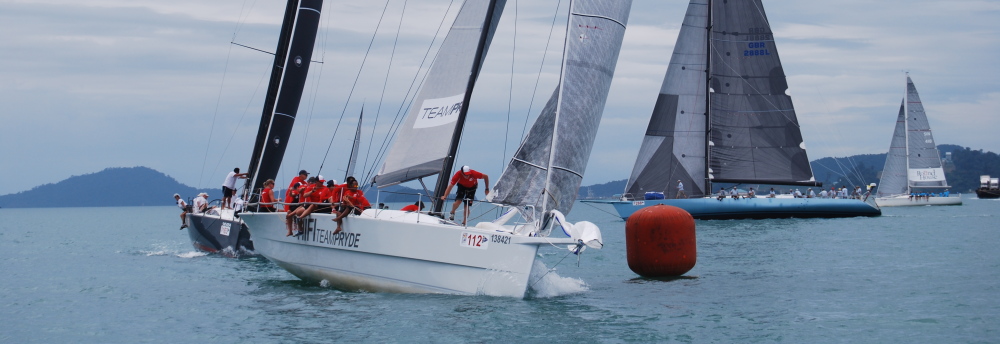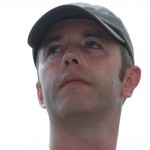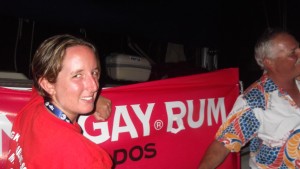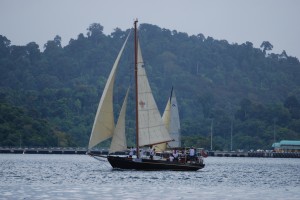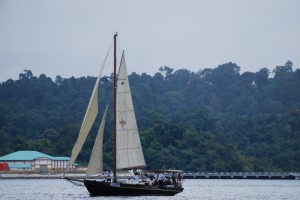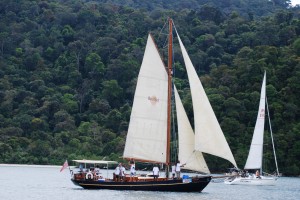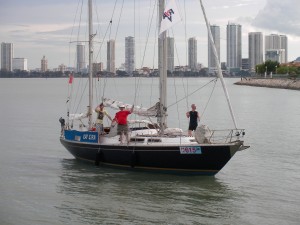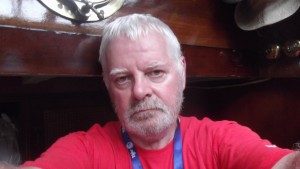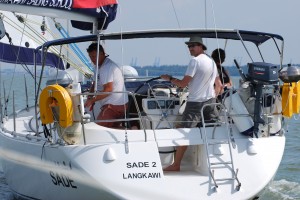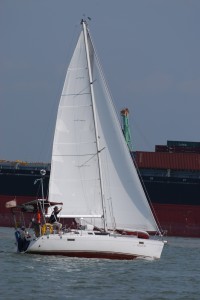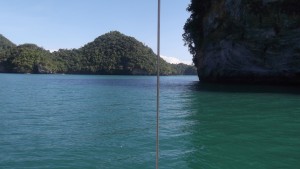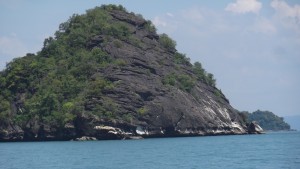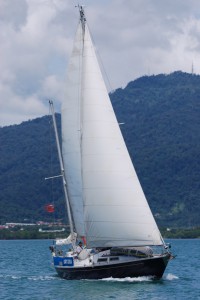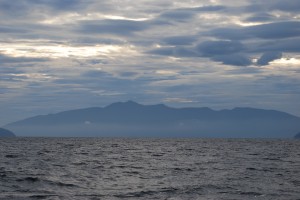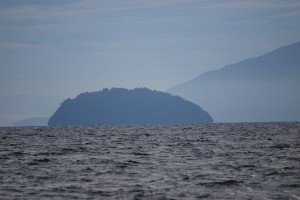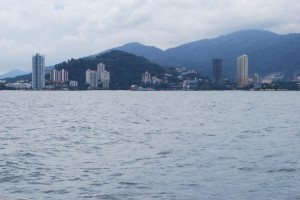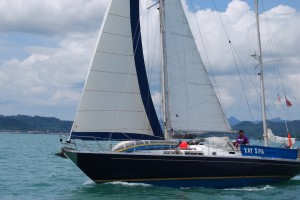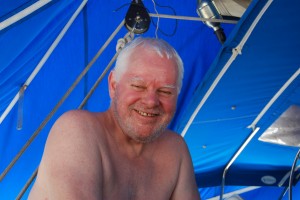In response to my ‘High Water Mark’ entry, Alex commented
THIS IS NOT OK [her caps]
This was her response to the following passage in the blog which she quoted in full
“I am beginning, just beginning to accept a part of the rhythm of the sea into my life. It is a Zen moment. Self is far less important than the current undersea picking my bones in whispers.”
As she has commented publicly (see blog) I now wish to dedicate my next entry to her and as you will see, I direct my remarks directly to her in person, so here I begin:
First of all I congratulate you for being able to read many of the words behind the parent without cringing. I think your exceeding tolerance is due in part to the fact that you are already an accomplished writer and you understand well the separation between author and text. You are able to fill a column, complete an inch or two, and I understand that you have some pretensions towards the comic, although I have not so far been privy to that wonderful feature of your amazing sparkling mind.
Is human writing inspired like the production of the wolf that howls by instinct and wakes the hibernating moles roused from sleep by the sheer terror and utter closeness of the hungry jaws that will not be denied? Is it an inchoate expression of an inner hunger that will not be satisfied, but ever gnaws the vitals of the howler until expression grants a temporary relief?
I do not know the answers to these questions, but what I can say is that writing for me is the most important need after the basic bodily essentials have been quelled. I can live utterly without it, and I have done so, for like you I am a contrary being with a degree of self-hatred, but in that experiment the curse remained, and life was two-dimensional, like some sort of pre-death purgatory.
As you know I have kept the wolf from the door by writing commercially, which I know you hope to do (and of course you know that I will expend a major part of my treasure to help you to do this). Well we know all this, but our readers may not, so that is why I state it.
But what is the wolf of the preceding paragraph? It has a dual significance. On the one hand I have been lucky and skillful enough to make a good living out of writing, and that has in part kept the wolf from the door in our family – notwithstanding the outstanding contribution and husbandry of resources of your mother.
On the other hand my commercial writing has quelled the inner schweinhund that dictates that for me mere money-grubbing is not enough, for with the talents I have been given I must add to the wisdom of the tribe or else I shall die embittered and unhappy, and like most men and women simply have been, in the parlance of Leonardo, a shit-producer.
So the big question now, having put aside my ‘oaten reeds’ at the diesel factory is how to ‘blazon broad among your learned throng’ and find a way such that ‘Fierce warres and faithful loves shall moralize my song’
These references are to Spenser Faerie Queene, prologue. And this flight into literature is a key. To me, ‘before the fall’, literature furnished the materials of our trade and so its study was the study that could help you to find your own unique voice.
Christ did no less, for on the cross he quoted scripture – ‘Eloi, eloi, eloi aramai?’ (My God, my God, my God, why has thou forsaken me) – if I remember my 1st century Hebrew correctly.
And so we approach the high water mark. In T.S. Eliot’s Waste Land there is a whole section which was originally many hundreds of lines, but which Ezra Pound reduced to the following which I quote from memory.
“Phlebas the Phoenician
A fortnight dead,
Forgot the cry of gulls
and the deep sea swell
and the profit and loss.
As he rose and fell
He passed the stages
Of his age and youth
A current undersea
Picked his bones
In whispers
Entering the whirlpool
Gentile or Jew
O you who turn the wheel
And look to windward
Consider Phlebas
Who was once
Tall and handsome
As you.”
Now this is a fragment of the greatest poem of the 20th century which in my opinion stands in line as the last damp squib of the epic tradition – holding the line: Homer-Virgil-Beowulf poet-Chaucer-Spenser-Milton.
This great poem has been my companion since I was a little younger than you are now, when in contrast to your situation in which access to literature is your mundane obligation, I was at sea as a mere rating (i.e. not an officer) in the merchant service, aspiring to the almost impossible ambition of going to university, a stage of life in which I had formerly failed. So when I speak of a literary ‘companion’ it is like the third person that two disciples were aware of walking between them.
As I descended at the age of twenty-two to the edge of the sea across the green sward of the Botanic Gardens in Sydney, with the grand blinding white segments of the Opera House ahead, and the ‘Bridge to Heaven’ (as I called the Harbour bridge) behind, those words quoted above rose unbidden into my consciousness, and I declared them aloud. Since then Phlebas has always been with me if I was prepared to listen to him, and particularly on the night on which I wrote the ‘High Water Mark’.
Now I may have been guilty of the misdeed that your mum frequently (and justly) accuses me of. That is, I was commenting on my own inner feelings directly rather than carrying the reader across from their morning toast to my ‘deathless prose’. But I have been trying to experiment with ‘elision’ – that is the removal of unnecessary detail which for example Hemingway believed could and should be done to transform the mundane into art.
I hope what I have said above goes some way to explain why I decided to make the particular marks on the virtual page that were made that day.
I do not of course limit my reference to Eliot, other sources include
The Noachan continuum
Sea change – vide The Tempest
Odyssey passim
Norse myth – especially concerning the edge of the world
Beowulf
Crusoe
Much of Conrad
Bible alter Noah
That is all I have time for today, for I am now in the midst of another classroom course, and am loaded with homework about tidal predictions, courses over the ground, and chart symbols. Symbols – now those are a powerful tool in our development of the individual style!
Please accept these remarks.
